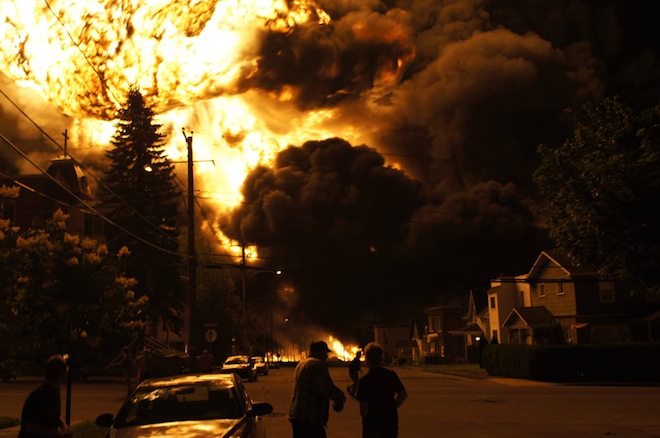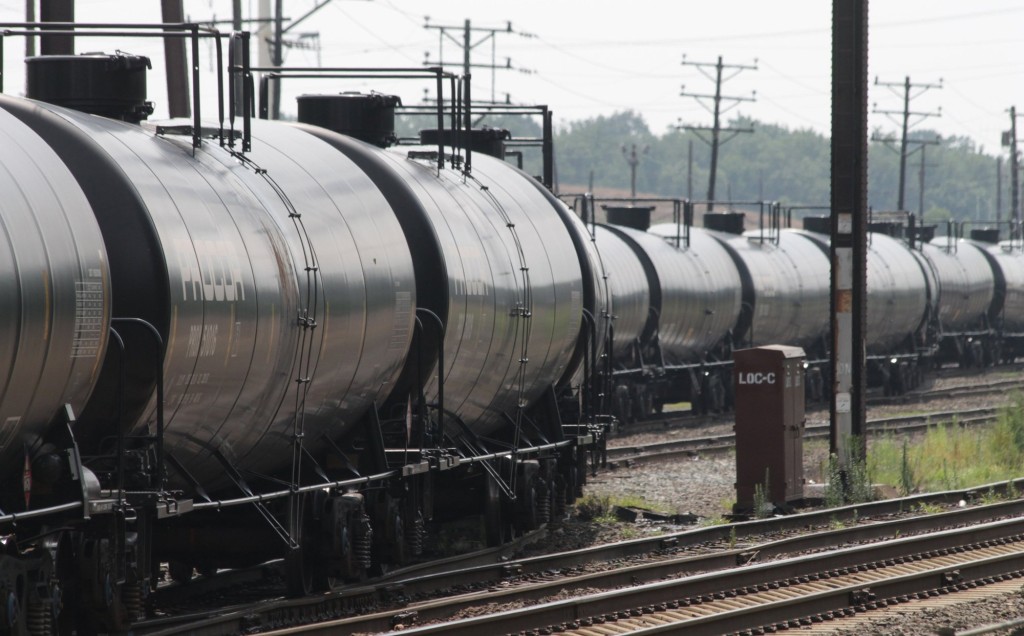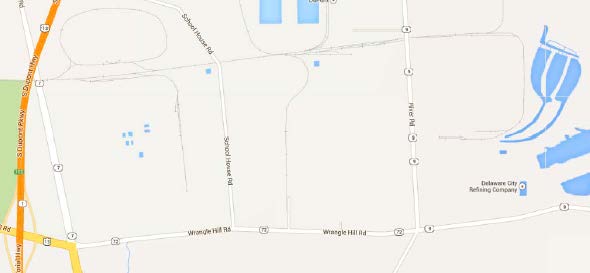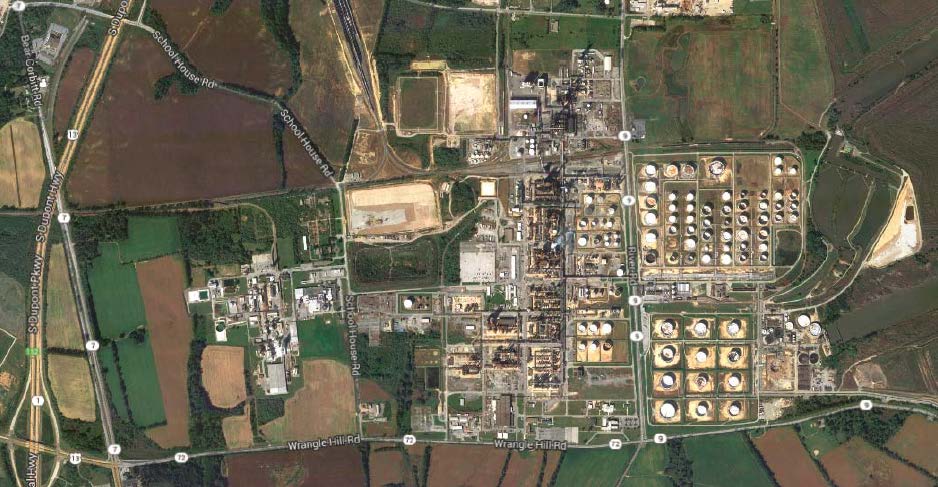Inspecting Bakken oil in rail cars
August 30th, 2013
BOOM!
Now things are making more sense. A Bloomberg article, via the STrib, written by a Greiling, puts it all together. When the rail cars blew up and took out the heart of Lac-Megantic, I couldn’t understand how crude oil had exploded so horrifically. It turns out that the contents of the cars being shipped out of Bakken had been under investigation for at least three months prior to that explosion, and as the article below notes, “Most grades of crude would not be that volatile.” DOH!
The investigation began in March, and the explosion was July 6, 2013. Thus far, the railroad crew has been blamed for not properly setting the brakes, but it seems there’s more to the story. There have been murmurs of whether the brakes that had been repaired previously had been repaired properly or if they were overheated and triggered the explosion. But if what was inside the car wasn’t crude, and was more volatile, it’s an entirely different animal.
Let’s see the FOIA responses to questions about what triggered the investigation!
This is an issue for us both here and there, Red Wing and Port Penn, Delaware. These Bakken cars go through Red Wing, the heart of Red Wing, as they did in Lac-Megantic — that’s the rail station right smack dab in the middle. If things went BOOM! in the night, there goes Red Wing Shoe, the St. James Hotel, the ADM oil plant, downtown Red Wing good bye!
And on to Delaware… in Delaware City, just up the road from Port Penn, it’s same thing. The refinery there was reopened, thanks to Gov. Jack Markell, the brown governor, and Bakken rail cars are sitting around and going through to the Delaware City refinery. They built a big spur near Hwy. 1 for staging the cars (so new it’s on the map but not on google earth!) and are taking in Bakken oil, even adding a new unloading facility.
PBF Energy Completes Delaware City Rail Terminal for Bakken Oil
The oil going to Delaware City is loaded at the same “New Town” Bakken oil loading facility that’s under investigation and where inspections are being conducted, the same one where the Lac-Megantic cars were loaded. They stage the cars off to the west of the refinery, it looks like a horse track, and then they run the cars through the middle of the refinery, in the middle of this map, and way to the eastern end:
It seems to me that Delaware City has more security/terrorist issues that just the three nuclear reactors across the river in Salem. And it seems that the risks of pollution and harm to the people nearby is heightened beyond the already horribly polluted air and water due to this hornets’ nest of industry. They’re already having to bring water in for people. What are they thinking to reopen this refinery?
“Our big concern is that what is in the tank car is what they say is in the tank car,” she said.





Leave a Reply